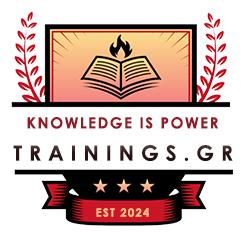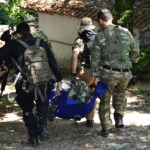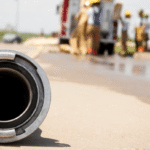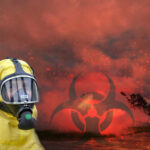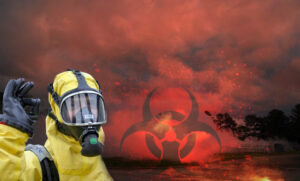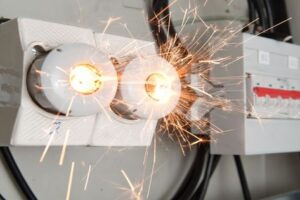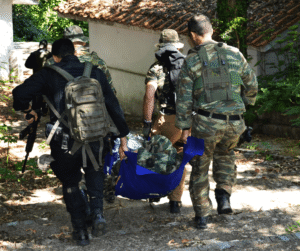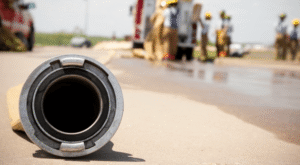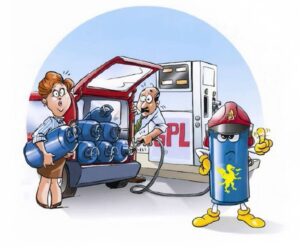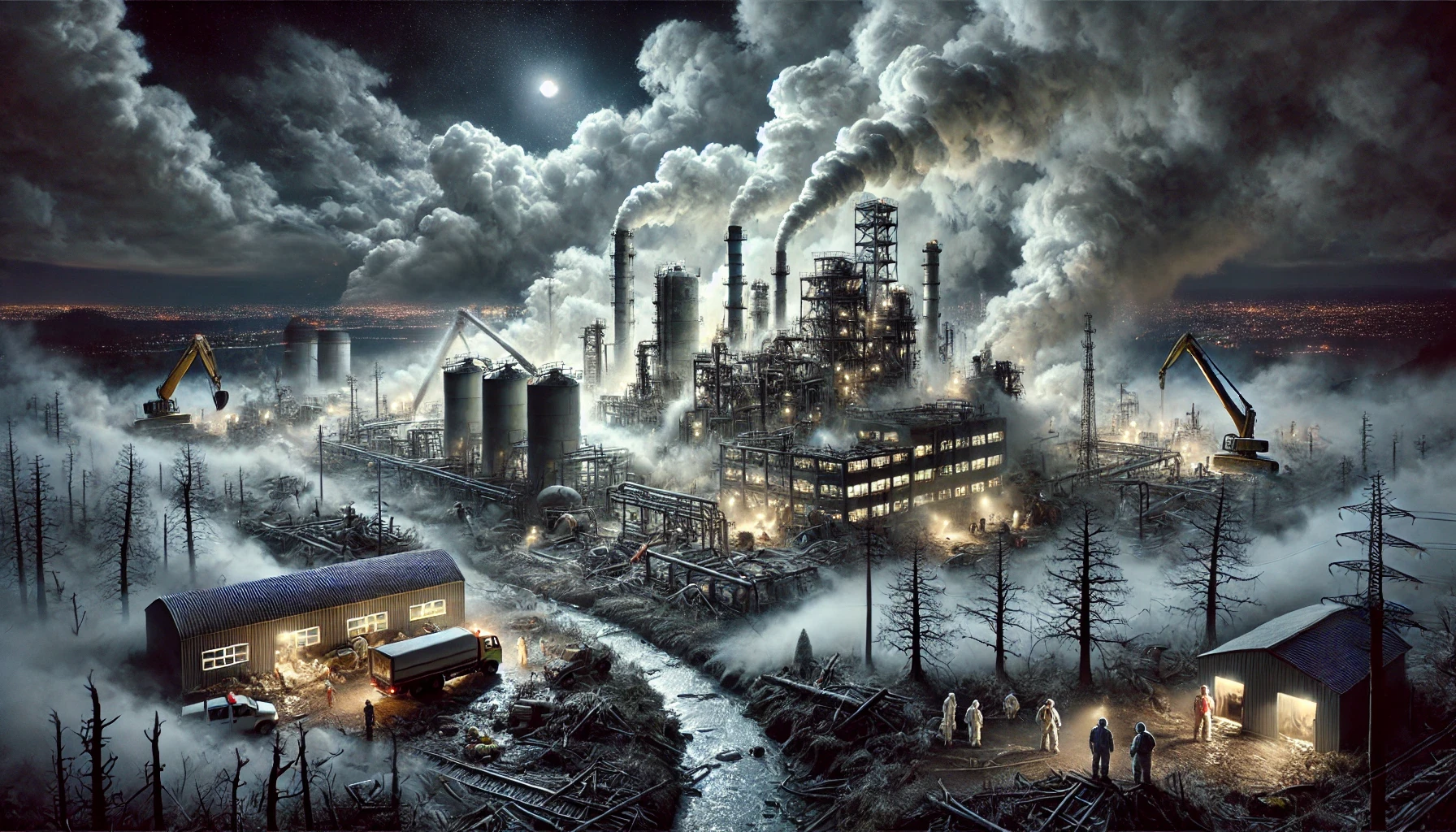
The Seveso incident of 1976 is often remembered as one of the first globally visible reminders of how dangerous chemical production can be when safety systems fail, and how a single accident can reveal fault lines in industrial culture, regulation, and public health preparedness. It did not merely contaminate soil and air for a few days; it reshaped how governments, companies, and communities think about process safety, emergency response, and the long shadow of toxic industrial byproducts. This article explains what happened, why it happened, and what the Seveso disaster teaches about risk, responsibility, and reform.
What happened: the incident itself, in plain terms
On a hot July day in 1976, a routine production run at ICMESA, a chemical plant located near Seveso, Italy, released a toxic cloud into the surrounding environment. The plant was part of a global network of facilities producing chlorinated phenols and related compounds used in the manufacture of herbicides and other pesticides. In the process, a byproduct called dioxin—specifically 2,3,7,8-tetrachlorodibenzo-p-dioxin, or TCDD—was formed in trace but highly toxic quantities. Dioxins are not intentionally produced goods; they are unwanted, dangerous byproducts that can be created when chlorinated phenols are synthesized under certain conditions and not controlled precisely.
Technically, what was happening at the time was tied to the production of 2,4,5-trichlorophenol and related chlorinated phenols that served as precursors to herbicides such as 2,4,5-T. The synthesis pathway, under less-than-ideal control during that era, offered conditions—temperature, chlorine concentration, reaction time—in which the dioxin byproduct could form and accumulate. The plant’s equipment was designed to handle large chemical volumes, but the safety systems, instrumentation, and operating procedures in 1970s’ practice did not always account for the full spectrum of accidental scenarios that could lead to a release of dioxin.
The immediate event unfolded over hours, starting July 9–10, 1976, with a spike in reactor temperatures and pressure that overwhelmed the plant’s normal controls. A venting scenario—meant to relieve pressure safely—was not managed with adequate containment and filtration. The result was a plume of gases and contaminated particulates released into the air and, crucially, settling on surrounding soil, vegetation, and surfaces. The wind carried the plume toward nearby towns and countryside, including the residential centers around Seveso itself.
As the cloud moved, local authorities faced a dilemma that would become a defining feature of the disaster: how to protect people and how to communicate risk. Early responses downplayed the severity of the incident, both by the plant operators and by governmental officials, and it took several days before actions became systematic and protective. The plume did not respect municipal boundaries. It settled in zones of contamination with varying degrees of exposure risk, leading to a triage-like approach in the days and weeks that followed.
The consequences for people were uneven and dependent on proximity to the plant, wind patterns, and the protective measures people could take once the danger was acknowledged. The most immediate and visible health effect was chloracne, a painful dermatological condition caused by dioxin exposure, which manifested in adults who had direct contact with contaminated materials or inhaled contaminated air. Beyond chloracne, concerns about longer-term health impacts—cancer risk, reproductive and developmental effects, and metabolic disturbances—drove long-term health monitoring and epidemiological studies for decades.
From an environmental standpoint, the Seveso site became a living laboratory for soil contamination and ecological impact. Dioxins are highly persistent in the environment and tend to bind to soil particles and organic matter. The contamination was not confined to air; it settled onto the soil and vegetation, entered streams and sediment, and persisted for years if not decades. This necessitated large-scale remediation efforts, including soil removal and decontamination campaigns in the zones most affected.
The regulatory and public health response evolved as knowledge about dioxins grew and as the incident’s scale became clearer. The disaster’s place in environmental history is inseparable from the policy reforms it precipitated—the first major European regulatory framework aimed specifically at preventing industrial major accidents with dangerous substances.
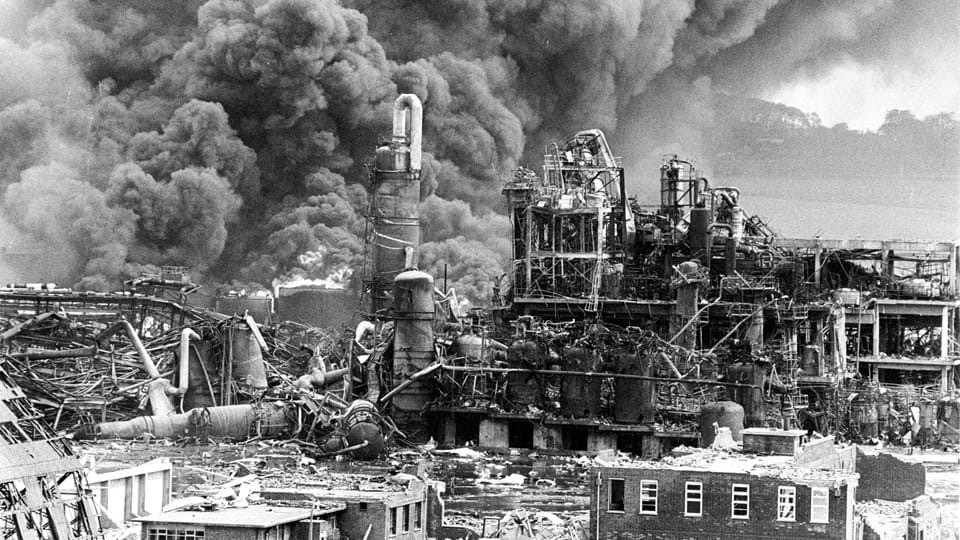
What went wrong: the causes in depth
The Seveso disaster is best understood as the product of a chain of failures—technical, organizational, and regulatory—that allowed a hazardous byproduct to escape into the surrounding community. It was not a single “mistake” but a constellation of overlapping weaknesses.
- Technical and process design flaws
- Byproduct risk not properly controlled: The production methods used to manufacture chlorinated phenols inherently carried the risk of dioxin formation. In the ICMESA plant, the conditions that favored dioxin birth—certain temperatures, chlorine ratios, and catalysts—appeared at times to be treated as manageable within the plant’s routine operations. But the process was not designed with the level of hazard science we would expect today. The byproduct’s extreme toxicity meant that even minute releases could have outsized consequences for nearby populations and ecosystems.
- Inadequate containment and scrubbing: The safety systems in place for venting and filtering did not prevent the escape of dioxin-containing materials. A robust scrubbing system to neutralize or capture toxic vapors in the vent gases either did not exist or was undersized for the worst-case scenario. In other words, when pressures rose and the process teetered toward an abnormal state, the plant lacked the effective barriers to keep hazardous substances from entering the environment.
- Insufficient instrumentation for early warning: The data needed to detect a runaway reaction or an imminent failure in the reactor were not as comprehensive or as rapidly accessible as they would be in a modern chemical plant. This delayed recognition of a developing hazard and, in turn, delayed protective actions for workers and residents.
- Human and organizational factors
- Operational culture and safety discipline: The mid-1970s safety culture in many chemical plants did not place the same level of priority on hazard analysis, risk communication, and proactive incident prevention as would be expected today. Operators could override or bypass safety interlocks or alarms if they believed them to be unnecessary, a mindset that can be devastating when dealing with substances as dangerous as TCDD.
- Communication gaps with authorities and the public: The initial communications about the incident were shaped by a combination of uncertainty, bureaucratic caution, and inadequate information sharing. This contributed to underestimation of the danger and slowed the deployment of protective measures to residents. The disaster exposed how critical timely and transparent communication is in a major industrial accident.
- Response planning gaps: Emergency response plans at the plant and at local and regional levels were not aligned well with the actual hazard profile of dioxins. Decontamination strategies, medical screening, and long-term health surveillance did not have systematic, pre-existing protocols in the early days of the incident.
- Regulatory and oversight shortfalls
- Fragmented oversight regime: In the 1970s, multiple agencies at local, regional, and national levels bore responsibility for industrial safety. The regulatory framework often struggled to integrate process safety with environmental health protection comprehensively. This fragmentation impeded swift, decisive action when the incident unfolded.
- Hazard recognition lag: The dioxin problem was not widely understood in the same way that more familiar chemical accidents were. The lack of a formal requirement to anticipate and assess dioxin-related hazards in Chlorinated byproduct plants meant that there was no standardized playbook for how to handle such a release.
- Slow evolution of major accident regulation: The Seveso incident became a catalyst for regulatory reform precisely because it demonstrated the consequences of insufficient hazard analysis and failure to predict worst-case scenarios. It eventually led to the world’s first broad framework obligating industry to assess and manage major accident risks with dangerous substances.
- Corporate responsibility and risk disclosure
- Profit vs. safety calculus: Like many episodes in industrial history, the Seveso accident happened in a context where some organizations prioritized production targets or cost concerns over proactive safety investment. When cost-saving or time pressures collided with the need for robust safety safeguards, the outcome could be catastrophic.
- Accountability and remediation choices: After the incident, questions emerged about who bore responsibility for the release and for the costly cleanup and decontamination. The pace and manner of accountability—financial, legal, and reputational—influenced how quickly and fully remediation occurred, and how openness about risk evolved in the industry.
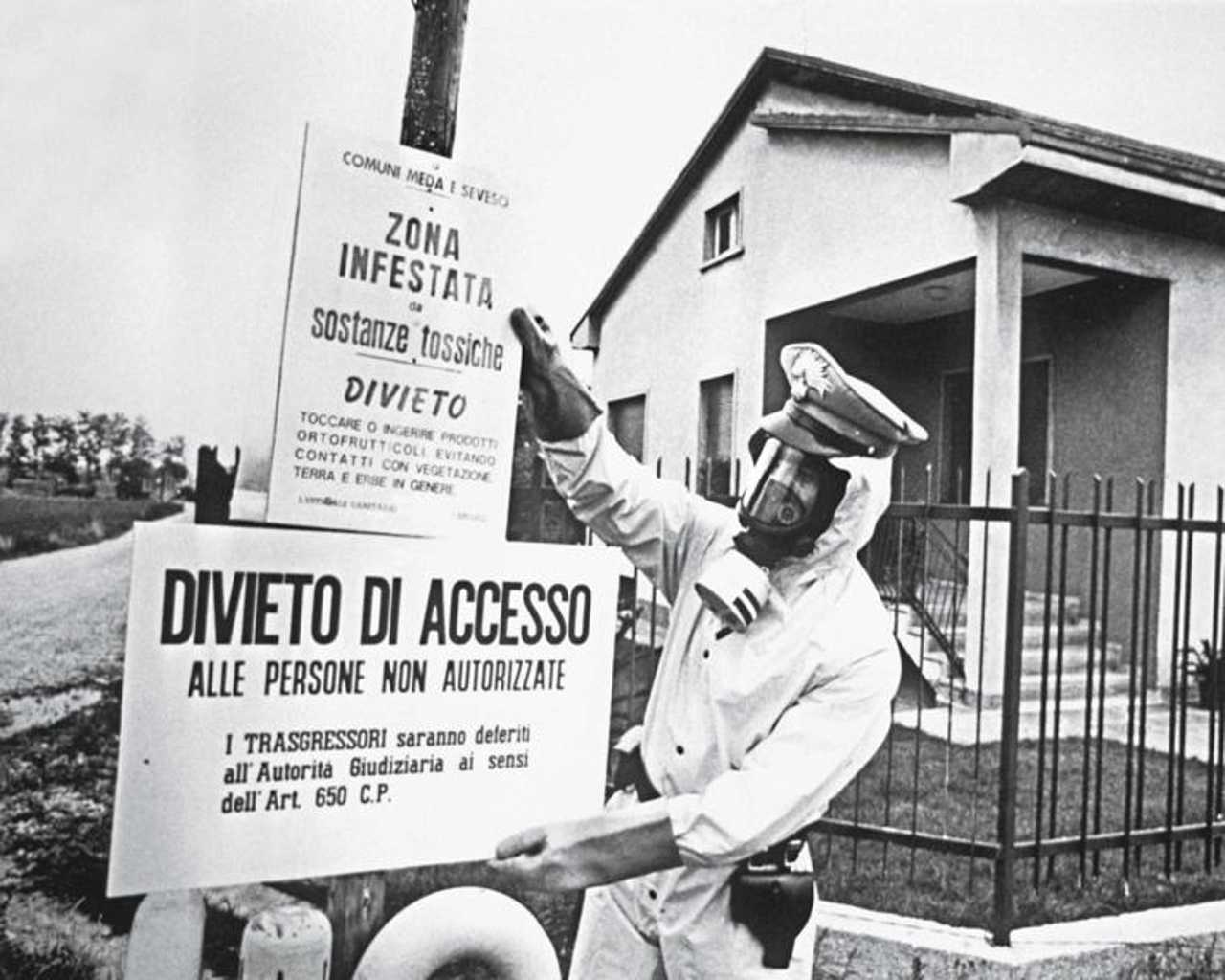
The legacy of Seveso: health, environment, and policy
The consequences of the Seveso disaster extended far beyond the initial health effects and immediate environmental cleanup. They catalyzed transformative changes in how governments, industries, and the public think about risk and responsibility.
Health and community impact
- Acute health effects: Chloracne is the most visible acute health effect of dioxin exposure and appeared in a subset of workers and residents who came into direct contact with contaminated materials or breathed contaminated air. The condition drew urgent attention to the immediate human cost of chemical releases and helped spur public health surveillance in the aftermath.
- Long-term health studies: The Seveso incident became a focal point for epidemiological research into the health effects of dioxin exposure, including potential reproductive, developmental, and cancer-related outcomes. Over the years, scientists conducted follow-up studies to understand prenatal exposure and broader population health implications. While many results were inconclusive or showed small effect sizes, the research underscored the need for long-term health monitoring after environmental contamination by highly toxic substances.
- Prenatal exposure and children’s health: A key concern for scientists has been the impact of prenatal TCDD exposure on children. Some studies indicated associations with developmental and reproductive health effects later in life, prompting intensified focus on protecting pregnant people and their offspring in any future industrial accident.
Environmental remediation and soil science
- Soil and vegetation decontamination: The most visible remediation occurred in zones identified as highly contaminated. Large-scale removal of topsoil, aeration and washing of surfaces, and restrictions on agricultural use were implemented to reduce human exposure and ecological uptake. The work was expensive and time-consuming, illustrating how difficult it is to reverse a dioxin contamination event in an inhabited landscape.
- Persistence of toxins: Dioxins are extremely persistent in the environment, meaning that even after removal of the most contaminated material, residues can linger and re-emerge through various pathways (soil-to-plant transfer, dust resuspension, and food chain accumulation). The Seveso experience underscored the importance of long-term environmental monitoring and ongoing risk communication with communities.
Policy reform and the birth of new safety standards
- The Seveso Directive (and its successors): The most enduring institutional legacy is regulatory. In Europe, the Seveso Directive—Council Directive 82/501/EEC—was adopted in response to Seveso. It established a regime requiring member states to identify establishments with dangerous substances, assess major accident hazards, implement safety management systems, and prepare emergency plans. It marked a fundamental shift toward prevention, risk assessment, and public disclosure about potential industrial hazards.
- Seveso II and Seveso III: The initial framework was progressively strengthened, reflecting advances in science and the realization that risk management must be dynamic. Seveso II, adopted in 1996, broadened the scope and depth of safety requirements, including more rigorous site-specific hazard analyses and public access to information. Seveso III, adopted later, further integrated risk reduction with broader industrial, environmental, and health protections and aligned with evolving EU safety culture and chemical control regimes.
- Complementary safety regimes: Seveso’s influence went beyond Europe. It contributed to the global recognition that industrial safety must be integrated with environmental protection and public health. The disaster helped promote international standards for risk assessment, emergency planning, and incident communication, shaping how corporations and governments approach hazardous substances in many jurisdictions.
Cultural and ethical shifts in industry
- Safety as a strategic business issue: The Seveso disaster helped move safety from being a function managed by specialists in a back room to a strategic concern for top management. The ethical imperative—“do no harm”—began to frame corporate decisions about process design, maintenance, training, and risk communication, recognizing that accidents carry not just legal and financial costs but profound human costs.
- Public engagement and trust: The Seveso experience underscored the importance of transparent communication with neighboring communities when hazards exist. Public trust rests on timely information, credible risk assessment, and visible measures to reduce exposure and ensure safety.
- The evolution of risk culture: In the decades since Seveso, many chemical and energy companies have embraced strong process safety frameworks, assisted by industry consensus standards such as those from the Center for Chemical Process Safety (CCPS) and various national safety authorities. Seveso’s legacy contributed to a broader movement toward proactive hazard identification, rigorous hazard analysis (like LOPA and HAZOP studies), and robust emergency planning.
Lessons for today: what the Seveso incident teaches
- Treat hazard analysis as an ongoing discipline, not a one-off exercise
Hazard identification and risk assessment must be dynamic, especially in facilities that handle highly toxic or reactive chemicals. The Seveso accident underscored that even well-established processes can yield dangerous byproducts under certain conditions. Modern facilities routinely incorporate sophisticated process safety management (PSM) programs, including hazard and operability studies (HAZOP), layer of protection analysis (LOPA), and robust change-management processes that evaluate how alterations in feedstock, equipment, or operating practices affect risk.
- Design for worst-case scenarios—and plan for them
In the wake of Seveso, the emphasis on credible worst-case scenarios became a core component of industrial safety. Modern plants are expected to anticipate not just typical operations but also the unlikely extremes: equipment failure, power outages, control-system hiccups, or upset conditions that could release hazardous substances. This mindset translates into improved containment, redundant safety systems, independent shutdowns, effective venting with filtration, and well-rehearsed emergency procedures.
- Public health and emergency communication are non-negotiable
One of Seveso’s most painful lessons was the harm caused by delayed or unclear communication to the public. Contemporary major-accident risk management emphasizes timely, accurate information sharing with local authorities and residents, clear evacuation or shelter-in-place instructions, and transparent reporting about potential exposure and protective actions. Communities benefit from accessible risk maps, health screening programs, and long-term health monitoring where needed.
- Environmental remediation requires long-term commitment
The environmental legacies of dioxin releases are stubborn and costly to remediate. Seveso demonstrated that soil decontamination is not a one-time fix. Ongoing monitoring, community engagement, and adaptive remediation strategies are essential, especially in areas where lingering residues can be redistributed or enter the food chain.
- Regulation can drive safer practice but must keep pace with science
The Seveso Directive and its successors show how policy can translate scientific understanding into enforceable safety standards. However, regulations must be informed by current science and robust risk data; otherwise, gaps emerge. The Seveso experience argues for continuous revision of safety rules as technology, measurement capabilities, and epidemiological knowledge evolve.
- Corporate culture matters as much as equipment
Equipment and procedures matter enormously, but the human and organizational dimensions—safety culture, leadership commitment, training, and accountability—shape how effectively a facility translates rules into safe day-to-day practice. A strong safety culture reduces the probability that hazards are ignored or misinterpreted in the heat of operation.
A reflective note: the broader historical arc
The Seveso incident did not occur in a vacuum. It sits at a pivotal moment in industrial history—between a pre-regulatory era of chemical production’s rapid expansion and a more mature era of safety science, risk governance, and public health integration. Its memory persists not only in the chemical plant safety manuals and European directives that followed but in the way communities and regulators think about the trade-offs between industrial activity and everyday life.
For Seveso, the warning was stark: even a single accident in a single plant could usher in a cascade of consequences spanning health, environment, economics, and governance. The response—scientific investigation, public health surveillance, soil remediation, and robust regulatory reform—was, in many ways, a blueprint for how to translate crisis into systemic improvement.
Symeon Banos

